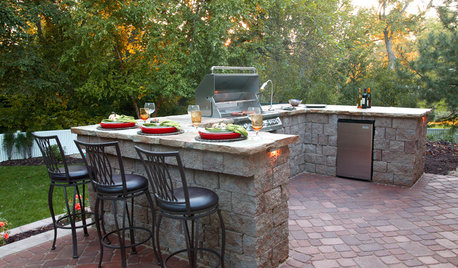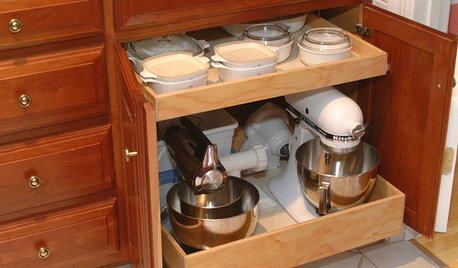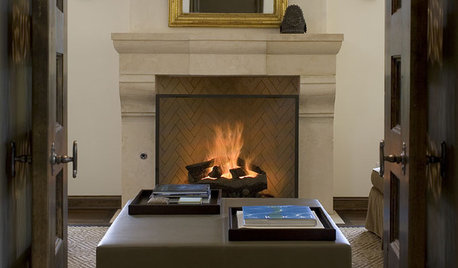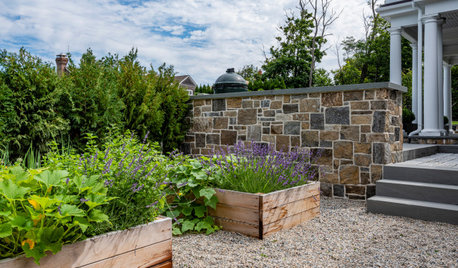low-temp pasteurization at altitude
strayarrow
10 years ago
Related Stories

OUTDOOR KITCHENSYour Guide to Grills and More for Great Outdoor Cooking
Learn the pros and cons of gas versus charcoal grills, and about neat add-ons that let you do more
Full Story
KITCHEN APPLIANCESConsidering a New Kitchen Gadget? Read This First
Save money, time and space by learning to separate the helpers from the hassles
Full Story
LIFE6 Ways to Cool Off Without Air Conditioning
These methods can reduce temperatures in the home and save on energy bills
Full Story
FARM YOUR YARDHello, Honey: Beekeeping Anywhere for Fun, Food and Good Deeds
We need pollinators, and they increasingly need us too. Here, why and how to be a bee friend
Full Story
GREEN BUILDINGHouzz Tour: See a Concrete House With a $0 Energy Bill
Passive House principles and universal design elements result in a home that’ll work efficiently for the long haul
Full Story
FIREPLACESRumford Fireplaces Are Hotter Than Ever
Higher efficiency and good looks are leading homeowners back to this 18th-century fireplace design
Full Story
HOUZZ TOURSHouzz Tour: Modern Treetop Living in Sydney
Encouraging connections and calm, this Australian family home among the trees is all about subtlety
Full Story
KITCHEN APPLIANCESFind the Right Cooktop for Your Kitchen
For a kitchen setup with sizzle, deciding between gas and electric is only the first hurdle. This guide can help
Full Story
GARDENING GUIDES9 Ways to Be Water-Wise in the Edible Garden
Consider these tips to get a healthy backyard crop that uses less water
Full Story
SPRING GARDENINGTop 10 Scented Plants for Your Garden
A palette of perfumed plants can transform even the smallest of gardens into a sensory delight
Full StoryMore Discussions






digdirt2
Linda_Lou
Related Professionals
Glassmanor Landscape Architects & Landscape Designers · Sahuarita Landscape Architects & Landscape Designers · Elgin Landscape Contractors · Avocado Heights Landscape Contractors · Deerfield Beach Landscape Contractors · Homewood Landscape Contractors · Lewisville Landscape Contractors · Palm Beach Gardens Landscape Contractors · River Ridge Landscape Contractors · Royal Oak Landscape Contractors · St. Louis Landscape Contractors · Red Bank Roofing & Gutters · Hacienda Heights Roofing & Gutters · Beaumont Driveway Installation & Maintenance · South Lyon Driveway Installation & MaintenancestrayarrowOriginal Author
digdirt2